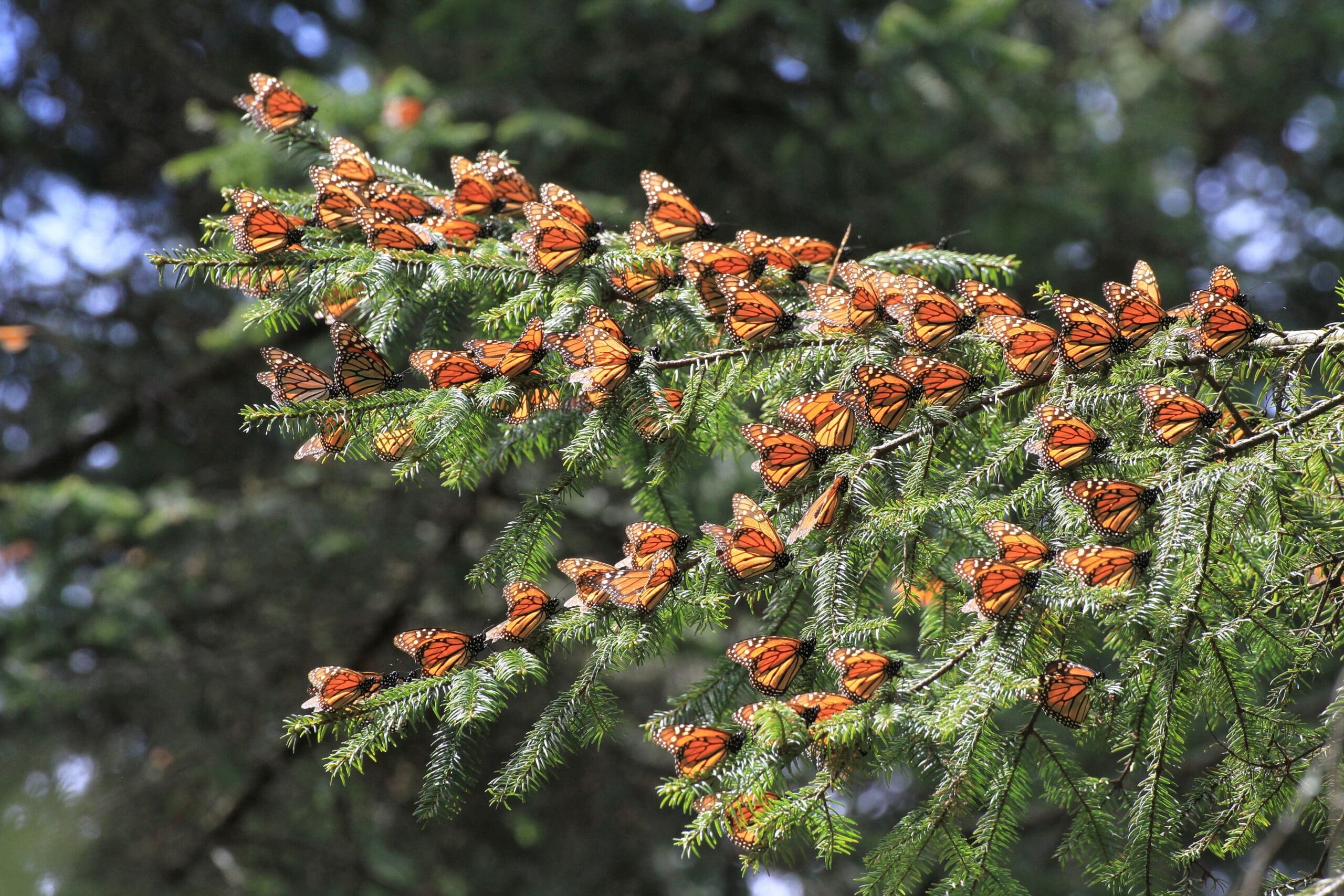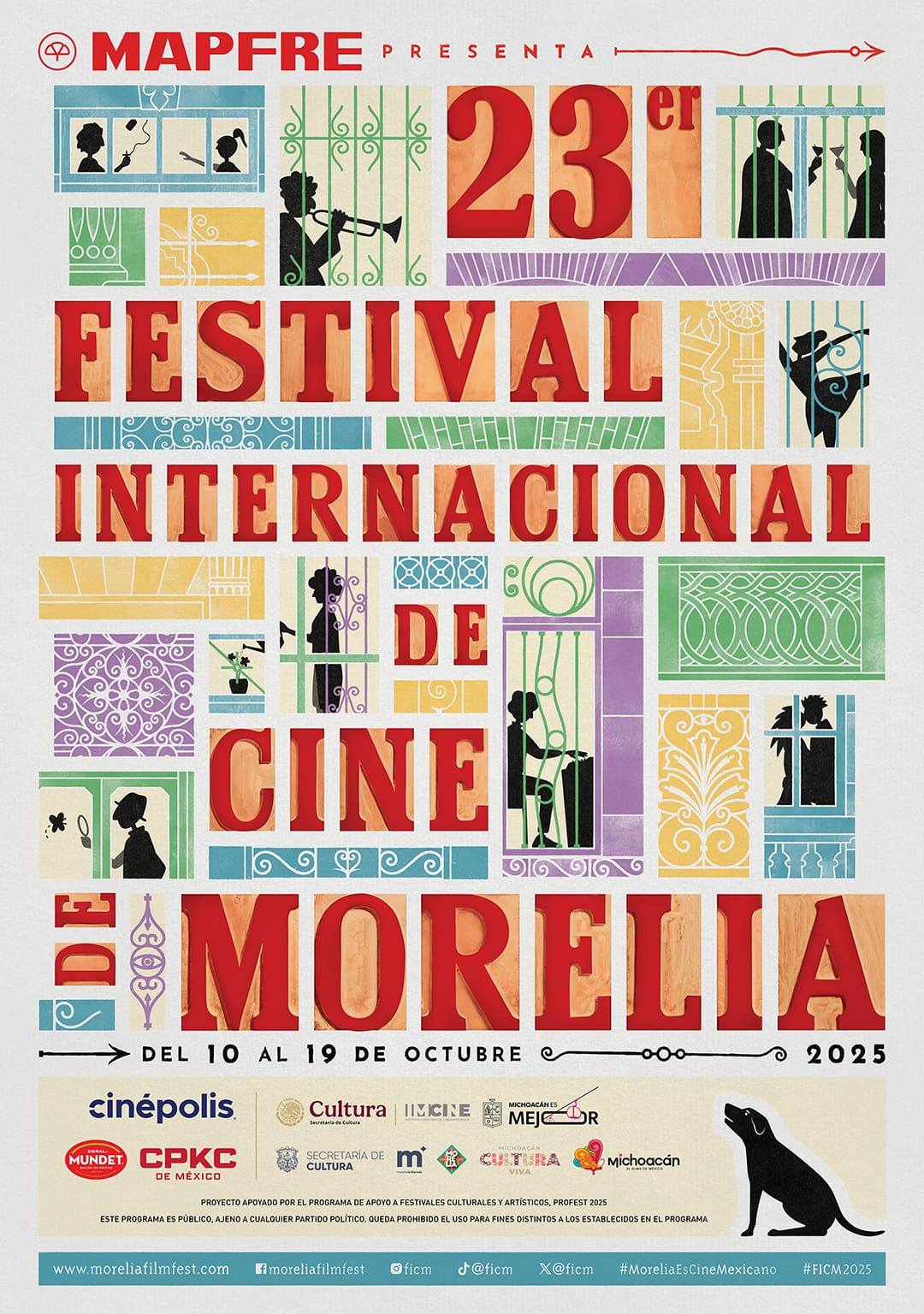The Procession of Silence in Morelia, Michoacán, is one of the most solemn expressions of Holy Week in Mexico. It is held every Good Friday, commemorating the Passion and death of Jesus Christ through an impressive religious march.
This procession is inspired by the ancient penitential brotherhoods that emerged in Spain during the Middle Ages and were introduced to New Spain by Religious Orders, especially the Franciscans. Its purpose is to spiritually accompany Christ on His path to Calvary and to encourage reflection on His sacrifice for humanity.
In Morelia, the tradition was institutionalized in the 1970s, taking inspiration from other Processions of Silence in Mexico, such as the one in San Luis Potosí. Since then, it has become a highly significant event, not only for the Catholic community but also for the general public, as a historical and invaluable precedent.
During the procession, religious brotherhoods and groups participate, dressed in robes and pointed hoods of different colors, symbolizing penance and mourning for Christ’s death. Religious images, including the Sorrowful Virgin and Jesus the Nazarene, among other representations, are carried on platforms. At the front of the procession, the body of Jesus is transported in a glass coffin, a representation known as the Holy Burial (Santo Entierro).
The procession begins at the Temple of La Merced and advances in absolute silence through the streets of Morelia’s historic center. The only sounds are the beating of drums and funeral marches, symbolizing mourning and Christian meditation. The event concludes at the Morelia Cathedral, where a final reflection on Christ’s sacrifice is held, inviting the faithful to spiritually prepare for Easter.
For the Catholic Church, this procession is an act of faith and penance, reminding believers of the redemptive suffering of Jesus. It also serves as an opportunity for spiritual renewal and conversion within the observance of Holy Week.
Come to Morelia to experience one of the most impressive Holy Week traditions in Mexico, immerse yourself in this moving religious tradition, where the sound of drums and absolute silence create a unique atmosphere of reflection and spirituality. Don’t miss the opportunity to witness this remarkable display of faith and devotion that has captivated locals and visitors for decades.
Looking forward to seeing you there!
Carlos.





